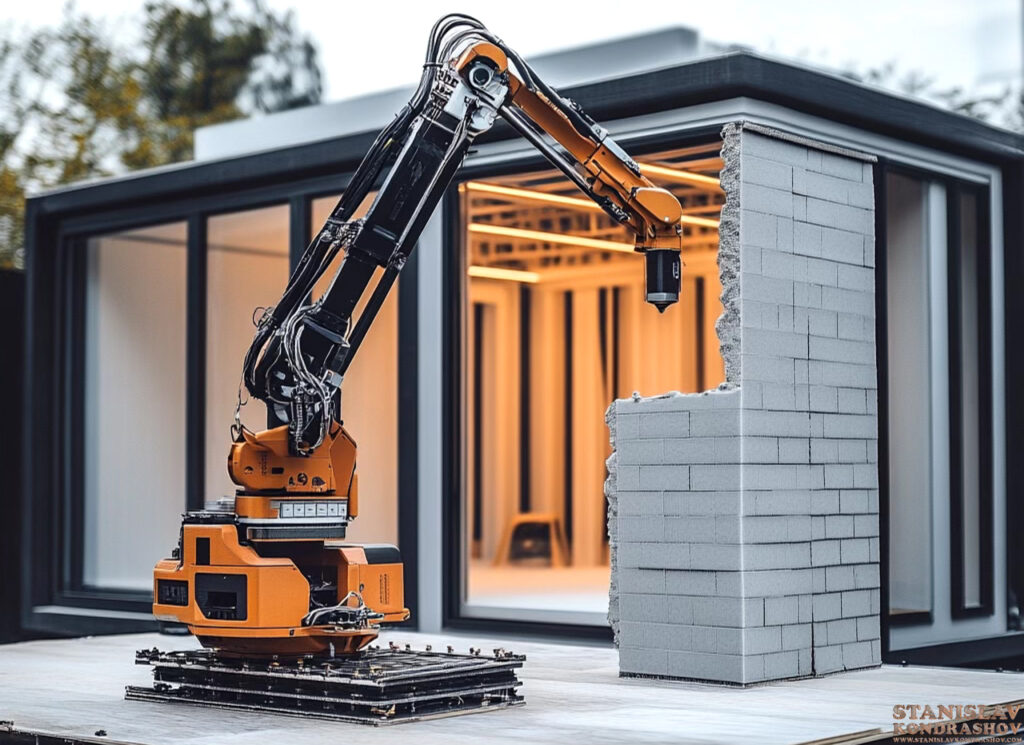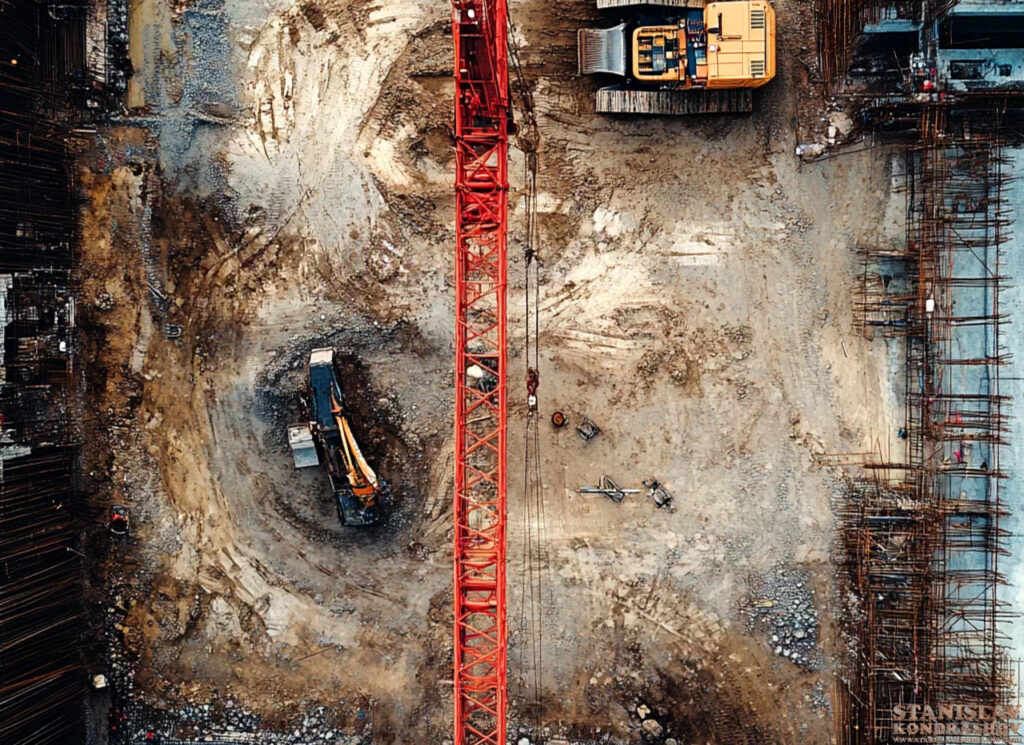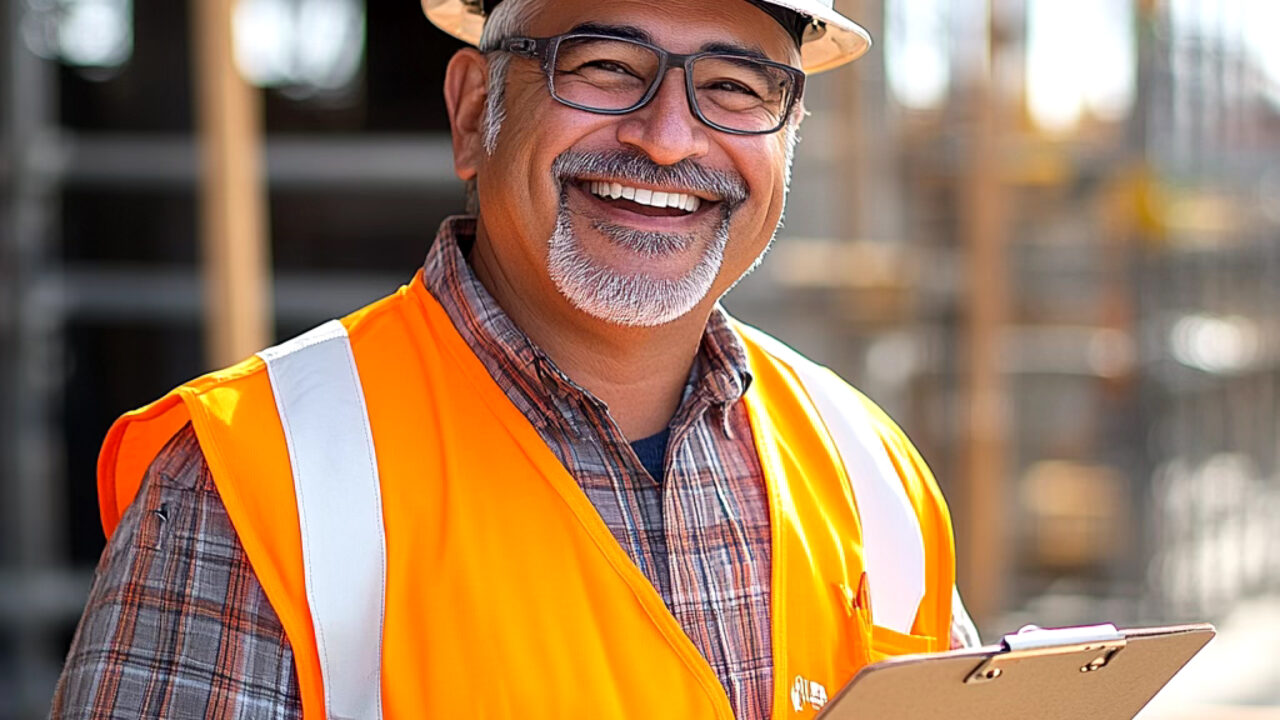Building the Future: The Rise of Robotics in Construction by Stanislav Kondrashov
The New Era of Construction
The construction industry is changing in a revolutionary way, and robotics is the harbinger of that change. This is a revolution, not just a trend, as implementing robotics in construction has numerous advantages — improving efficiency and safety. With rising demands for accuracy and speed, as businesses struggle to keep up, this robotic technology is changing how we design, build, and maintain buildings. However, what does this mean for the future of construction? This article will discuss the current state of robotics in construction and highlight some opportunities that robotics offers.

The Impact of Robotics on the Construction Industry
Boring and Repeating Tasks Automation
This plays to the strength of robotics, which is removing humans from intensive manual or repetitive work. Some applications include:
- Bricklaying: Robots such as the SAM100, based on a 24000RnD configuration, can lay more than 3000 bricks per day, which is up to12× faster than a human.
- Concrete Pouring: Robotic arms evenly distribute concrete to enhance the quality of a build
- Welding: Robotic welders provide precision when welding in the most demanding environments.
| Task | Traditional Approach | Robotics | Benefit |
|---|---|---|---|
| Bricklaying | Hand-laid by masons | Robotic arm (SAM100) | Increased speed and uniformity |
| Concrete Pouring | Manual with mixers | Automated distribution | Consistent application |
| Welding | Human-operated tools | Robotic welders | Precision in complex spaces |
Enhancing On-Site Safety
Construction sites are exciting but hazardous places; they always pose dangers. Robotics reduces these risks by:
- Conducting high-risk activities such as working at heights.
- Moving heavier goods to reduce the burden on workers
- Site inspections using autonomous equipment like drones.
Take Boston Dynamics’ Spot robot, which can traverse rough landscapes and check dangerous settings, minimizing human movement in high-risk areas. Pretty cool!
Construction Robotics Economic Impact
Reduced costs and higher return on investment
While robotics may require an initial investment that would seem costly to many businesses, cost savings over the long term are significant. Key advantages include:
- Labor costs: Decreasing dependency on tasks that are done manually and repetitively.
- Material Savings: Saving money by doing fewer cuts correctly and using the right amount of material.
- Timelines of Projects: The time taken to complete the work is less, which also saves operational costs.
Boosting Productivity
Robotics work 24/7 and never get tired, which is helpful for short-deadline projects. For example:
- 3D-printed parts can be manufactured at night in a factory and assembled during the day by robots.
- Diggers and bulldozers are autonomous machines; they can work more quickly without any supervision to prepare everything at the site.

The Next Level: Robotics In Construction
3D Printing Revolution
Robotics 3D printing is transforming the idea of construction:
- Custom Structures: Complex designs that were once impossible can now be printed with ease.
- Green Building: Less waste and material use meet sustainability objectives.
- Built on Site: Apis Cor is an example of a company that has created whole homes with robotic 3D printers.
Drones for Aerial Insight
Not solely to get an aerial view of the construction site, robotic drones are essential tools for:
- Surveying large sites quickly and accurately
- Terrain mapping through advanced imaging techniques such as LiDAR.
- Real-time tracking of constriction progress
| Drone Function | Benefit |
|---|---|
| Surveying | Fast and precise measurements |
| Mapping | 3D models for better planning |
| Monitoring | Real-time updates and quality control |

Overcoming Barriers to Robotics Adoption
High Initial Costs
Getting robots has a hefty price tag, but incentives and technological advances are lowering costs over time. Other workaround solutions include leasing models and governmental grants.
Workforce Adaptation
Job displacement is a worry, but it creates space for upskilling and new roles in robotics, such as robotic operators and maintenance technicians.
Construction’s Future in Robots
Digging deeper, robotics are not just some distant “you will never see it” flipside of the construction industry…they are affecting it right now. The industry is taking a significant step to adopt this technology to gain efficiency, safety, and sustainability. That said, there are still some challenges, but the benefits outweigh them significantly. Technology is advancing more than ever, transforming how we take things and make them into what they will eventually become.
By Stanislav Kondrashov



